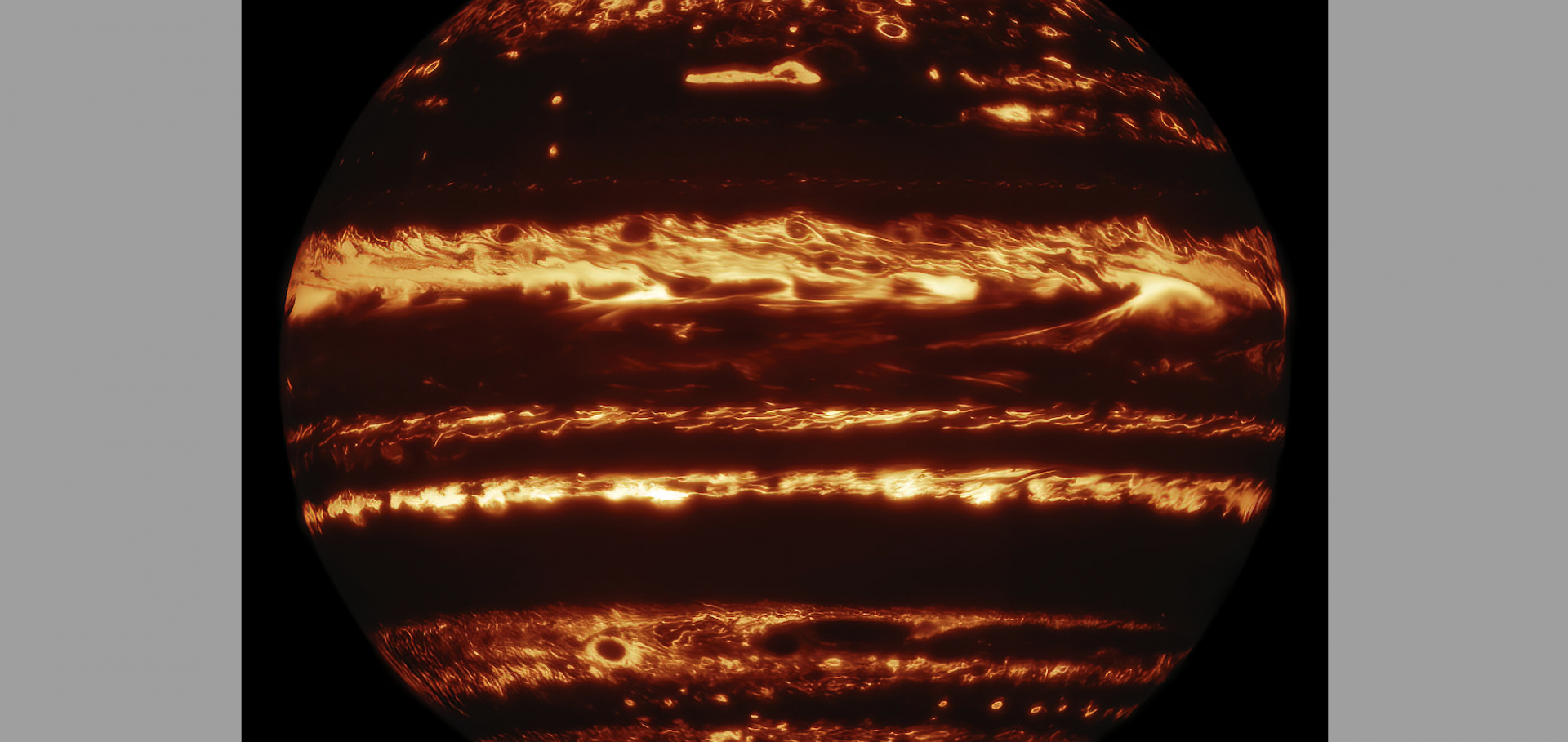Research themes
I currently maintain several research themes in the atmospheres of brown dwarfs and exoplanets.
Atmospheric dynamics and cloud formation of brown dwarfs and directly imaged exoplanets.
Brown dwarfs are objects between stars and giant planets. There has been rich evidence showing vigorous atmospheric circulation on these bodies. My work has been concentrated on investigating the diabatic effects of clouds on the general circulation and cloud formation of these atmospheres, and the implications for observations. Most of my work utilizes idealized dynamical models from 1D to 3D to emphasize key dynamical and physical mechanisms caused by cloud diabatic effects. I am currently working on improving these models with a better representation of radiative transfer and chemistry, which help me tighten my results better with exquisite observations folks have obtained for brown dwarfs so far.
Working with colleagues in Oxford, I plan to extend this line of study to two additional branches. The first is to study small-scale turbulent convection and the influence on cloud formation. This improves parameterization of cloud formation in global models, which is essential to determine local and global energy transport in the atmosphere and the emergent spectrum. The second is to explore the coupled problem of cloud microphysics -physical processes occurring over very small lengthscale and timescale- and fluid motions. Cloud properties, including the size and number density of clouds, under various atmospheric conditions, are among the least known components in our theoretical understanding of substellar atmospheres. Fluid motions and cloud formation are expected to be so intimately related but yet no progress has been made in this direction. With cloud microphysics experts here, we begin to explore in this direction.
General circulation of hot Jupiters
Some close-in giant planets are so hot that most molecules in their dayside atmospheres can be thermally dissociated. The dissociation takes up a fraction of the incoming stellar energy, while this energy can be released when the atoms are transported from the dayside to the nightside by winds and recombine into molecules. This process likely helps to transport heat from the dayside to the nightside, elevating nightside temperature that is otherwise expected to be much lower if this process is not considered. We have demonstrated this dynamic process using idealized global dynamical models, and phase curve observations of a few ultra-hot Jupiters have provided evidence for this process. We are currently working on improving the dynamical model to using better radiative transfer, which helps us to better match observations.
Clouds are expected to form in many hot Jupiters, and there have been growing theoretical and modeling studies on cloud formation and the effects on observations for hot Jupiters. Like in brown dwarfs, cloud radiative feedback can be important in shaping the general circulation of hot Jupiters, which in turn may influence the global cloud distribution. A systematic and clean study over this coupled problem is yet missing. I aim to fill in this gap by performing global dynamical models that are implemented with idealized "hydrological" cycles and their radiative feedback to the flows and to understand the dynamical mechanisms behind that.
Brown dwarfs around white dwarfs in extremely tight orbits
Some brown dwarfs are in very tight orbits around white dwarfs (with orbital periods ~2 hours). They receive roughly the same amount of bolometric heat flux as hot Jupiters but they can rotate more than 30 times faster. I am interested in the large-scale atmospheric dynamics on these brown dwarfs because on the one hand there have been nice observations about the climate of these systems; and on the other hand, this poses questions as to how the increase of rotation shapes the atmospheric circulation of tidally locked gas giants. We have shown some interesting aspects of that using idealized models, and further modeling with increasing complexities of these systems is expected to be carried out.
Moist convection in condensible-rich atmospheres.
This is a new research area I have entered since I arrived at Oxford. Small-to-medium-sized exoplanets are expected to host diverse atmospheric compositions, and it is certainly possible that condensable gases, such as H2O and CO2, may take a large fraction of their atmospheric mass. Theoretical understanding of the climate and atmospheric dynamics of this type of atmosphere is started to be advanced. I am interested in convection occurring over a small area compared to the planetary radius for two reasons: first, it would help us to develop general parameterization schemes for convection in global models of condensible-rich atmospheres; and second, this will highlight some novel dynamical properties of condensible-rich atmospheres that would otherwise not show up in Earth-like climate regimes. I am tackling this problem starting with a special case, convection in a pure steam atmosphere in which water is the only gas component of the atmosphere and it can condense somewhere in the atmosphere where it is cold enough. My tool in this case is a fully compressible, non-hydrostatic dynamical model that is quite different from those I have been using to investigate global dynamics.
-----------------------------------------------------
Characterizing the orbital and dynamical states of multiple-giant-planet systems using radial velocity data
This line of research was conducted under my master's program in Hong Kong. We took precise radial velocity data from observers, usually for systems with two or more giant planets, and performed fitting analysis using self-consistent orbital dynamical models to constrain orbital properties of the planetary systems. We were particularly interested in systems that are in or near mean-motion resonances (MMR) because, first, they provide clues as to how the orbital configuration evolves after the planets formed; and second, the strong gravitational interactions between planets in MMR would drive the system deviated from Kepler motions over short timescales and is especially fruitful for full dynamical analysis to the radial velocity data. An example is the HD 82943 system for which we were able to constrain the true masses of the planets using a dynamical fitting procedure instead of the minimum masses which were typically obtained by standard analysis using (non-interacting) Kepler orbits.


